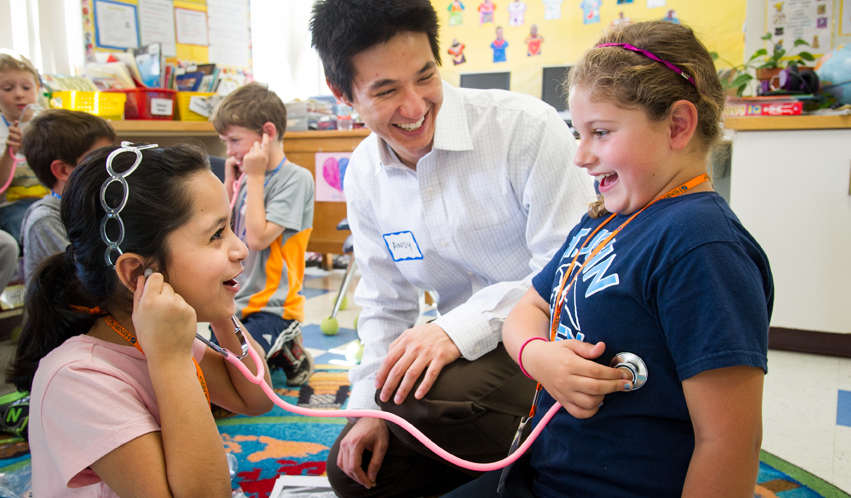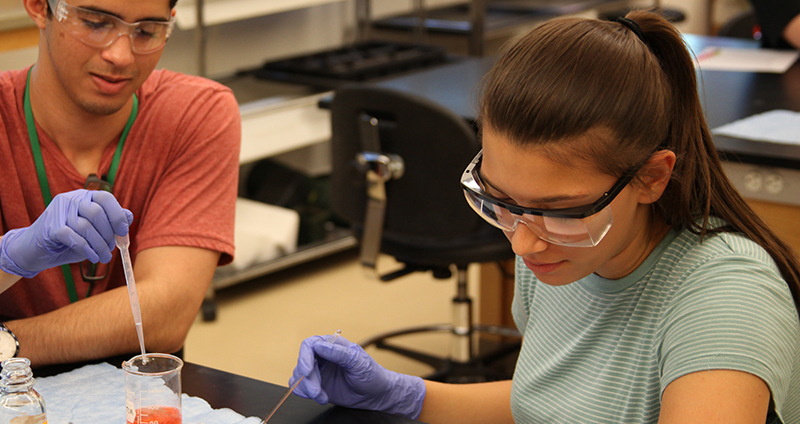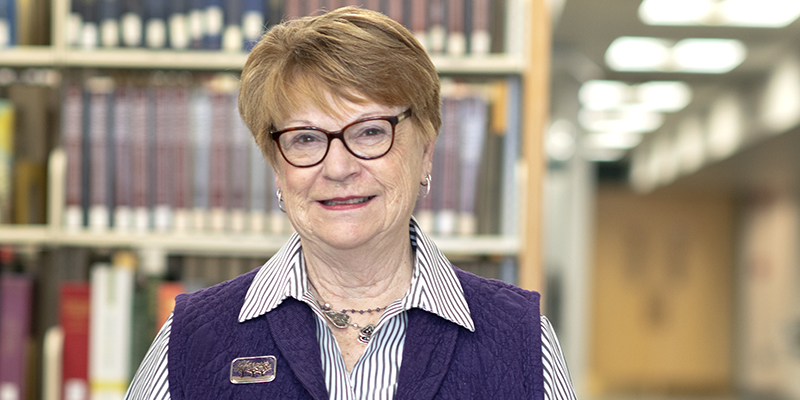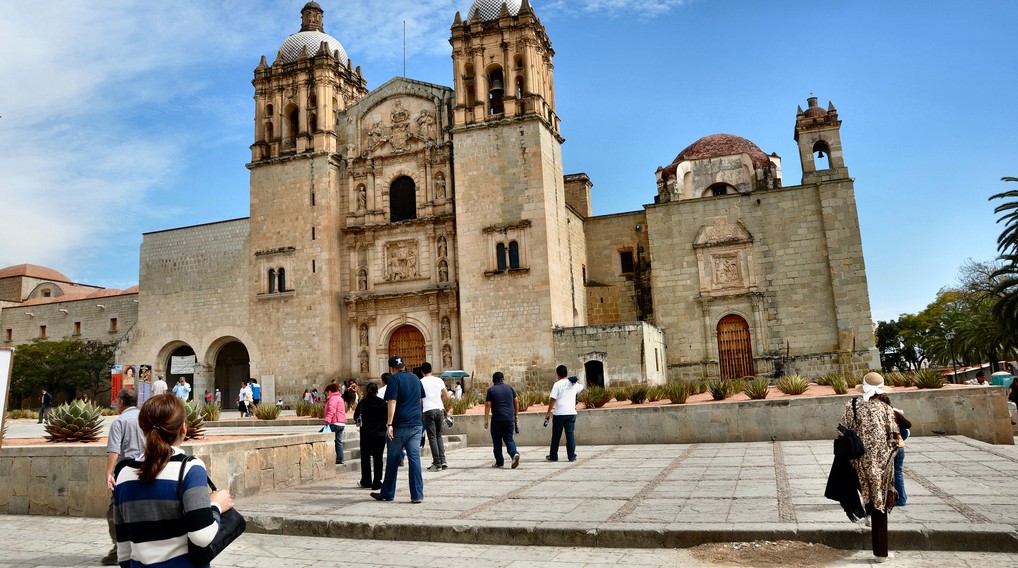By Mark W. Olofson
Early spring is sugaring season in Vermont. We produce the lion’s share of the domestic output of maple syrup, and we’re pretty proud of it. The process of tapping trees, collecting sap, and boiling it down has many connections to STEM education. The students and teachers of the Edge team at Essex Middle School built their own sugar house a few years ago, and now part of their curriculum is to make syrup while the sap flows.
Math teacher Phil Young has integrated the process into his curriculum, and students use technology to support their work. Today, with Phil’s permission, I’d like to share some of those activities, and also consider how this is a different dimension to what it means to have connections to the community.
 The sugar shack was an outgrowth of the projects work that students engage with at the Edge. Students, as individuals or teams, work on large, integrated projects over the year. We’ve written about some of their other projects before.
The sugar shack was an outgrowth of the projects work that students engage with at the Edge. Students, as individuals or teams, work on large, integrated projects over the year. We’ve written about some of their other projects before.
Working on STEM Projects at a Sugar House
Over the course of a year and a half, students engaged with the sugar house project. They worked to get permission from the school, and identified a number of different partners to make the project happen. Both national companies with a local presence and local companies wanting to engage with students contributed to the project. Students identified maple trees in the woods surrounding the school, tapped them, collected the sap, and concentrate it down in a donated evaporator. They now have about 50 taps, and produce about 5 gallons a year. Talk about applied technology.
Linking Technology with a Sugaring Operation
In order to run a sugaring operation, you need to be able to predict how much product you can make. Students collect data about the different trees they tap. They then use iPads to record the rate at which the sap drips into buckets, and are able to calculate the amount of sap they will bring in. Then they use hydrometers and refractometers to find the sugar content of the sap in the same way that professional operations do. Since they know the target sugar content of the final product, they are able to use ratios to determine how much water they will have to boil off, and predict how much time this will take. Students reflect on the overall process, and Phil is able to assess their work through their own documentation. This is mathematics with a direct purpose, with real world data and real world consequences.
Applying STEM in the Community
One element of this project that really hit me was how deeply seated in the community context it is. The students provide syrup for their peers; that is fantastic. They are able to provide for their community. And often when we talk about community engagement in education, this is the model we use. Students do something for another group. In this case, it is something that they designed and implemented, and it is incredibly positive.
But there is another level here, a cultural level. By actually sugaring students are doing the same thing that many others in their community are. They’re engaging in an activity that everyone talks about in early spring in the state. It ties them in such an authentic way to the culture of Vermont, and our larger conversation that stretches from our past, through our present, and into our future. It is analogous to students in farm communities running a productive garden; they are engaging in the work of the community. They’re building the cultural capital to be able to participate.
Perhaps counter-intuitively, I see a lot of parallels from this project with coding. Many students identify with those in the technology community. And coding is, well, doing the work that goes on in that community. In the same way, they work in an authentic environment to create actual, valued products. They can share those products with others, and do service for the community; but at the same time, they’re working in the same way, and doing the same things, and the people who are, or will be, their peers. As they build their knowledge, they’re building the cultural capital within that sector as well.
How else do you see students “doing the work” in your practice? Have you worked with students in these types of authentic environments? Are you hungry for pancakes yet? Let us know. And that’s not all from the sugar shack. We’ll revisit them to see how students become teachers, and engage with their community in an amazing way.
Mark W. Olofson is a second year Ph.D. student in the Education Leadership and Policy Studies program at the University of Vermont. He previously taught Middle and High School science and math. Mark has been with Tarrant Institute for Innovative Education at the University of Vermont since fall 2013.
This piece was originally published on the Tarrant Institute for Innovative Education blog.





